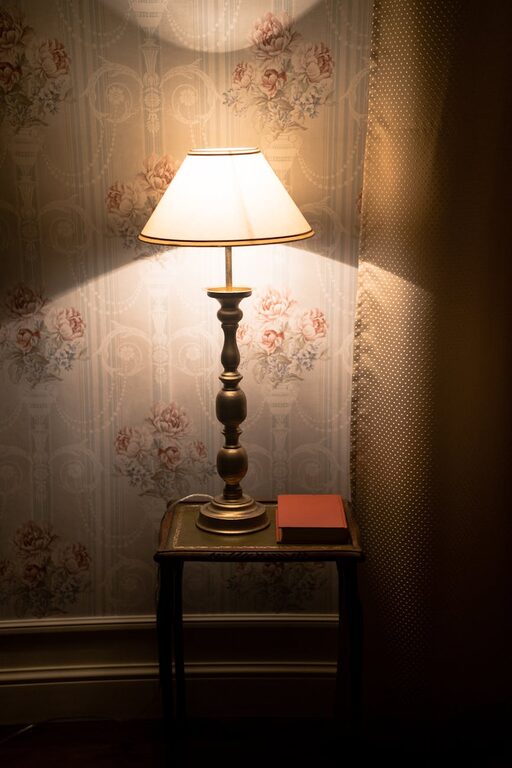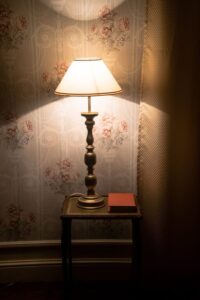Tips for Choosing Comfortable Home Lighting for Every Room

Creating a comfortable home environment goes beyond choosing the right furniture or décor — lighting plays a crucial role in setting the mood and functionality of your space. Proper home lighting can reduce eye strain, boost your mood, and highlight the beauty of your interior design. If you’re thinking about updating your home’s lighting or starting fresh, this guide will walk you through essential tips for choosing comfortable lighting that suits every room.
Understanding the Basics of Comfortable Home Lighting
Before diving into specific lighting ideas, it’s helpful to understand key aspects of lighting that contribute to comfort:
– Brightness: Lighting should be bright enough for tasks but soft enough to avoid glare.
– Color Temperature: Measured in Kelvins (K), warm lighting (2700K-3000K) creates cozy atmospheres, while cooler lighting (4000K-5000K) feels more energetic.
– Layering: Combining ambient, task, and accent lighting can make rooms versatile and comfortable.
– Dimmability: Adjustable lighting helps tailor brightness to different times and activities.
Choose the Right Lighting Types for Each Room
Living Room: Balance Warmth and Versatility
The living room is often the heart of the home—a place for relaxing, entertaining, or watching TV. For comfortable lighting here:
– Use ambient lighting like ceiling fixtures or recessed lights to provide overall illumination.
– Add task lighting with floor or table lamps near reading spots.
– Incorporate accent lighting such as wall sconces or LED strips to highlight artwork or architectural details.
– Opt for warm light bulbs (2700K to 3000K) for a cozy and inviting vibe.
– Use dimmers to adjust the mood from bright when hosting guests to soft for a movie night.
Kitchen: Prioritize Function with Bright, Clear Light
Kitchens need clear, focused lighting for cooking and food preparation.
– Install bright task lights under cabinets or over counters to reduce shadows.
– Use bright ambient lighting overhead to ensure the whole room is well-lit.
– Choose bulbs with a color temperature between 3000K to 4000K to mimic daylight and help you see food colors accurately.
– Avoid single bare bulbs; use fixtures with diffusers to soften glare.
Bedroom: Create a Relaxing Sanctuary
Lighting in the bedroom should promote relaxation and comfort.
– Use warm-colored bulbs (2700K or below) for soothing, gentle illumination.
– Incorporate bedside lamps or wall-mounted reading lights with flexible controls.
– Install dimmers to adjust brightness easily.
– Consider adding soft accent lights like fairy lights or candles (LED for safety) for ambiance.
– Avoid harsh overhead lights; opt for lampshades or diffused fixtures.
Bathroom: Combine Practicality and Softness
Bathrooms require bright light for grooming but shouldn’t feel sterile.
– Use bright task lighting around mirrors for makeup or shaving, ideally with daylight bulbs (4000K-5000K).
– Add softer ambient lighting for relaxation, especially if you enjoy baths.
– Consider moisture-resistant fixtures designed for bathrooms.
– Avoid mixing too many different color temperatures to keep lighting harmonious.
Home Office: Focused and Eye-Friendly Lighting
Good lighting is essential for productivity and reducing eye strain.
– Choose adjustable desk lamps with cool white light (4000K–5000K) for clarity.
– Ensure ambient lighting reduces screen glare and bright spots.
– Combine natural light with artificial sources.
– Position lights to avoid shadows on work surfaces.
Tips for Selecting Light Fixtures and Bulbs
Opt for LED Bulbs
LED bulbs are energy-efficient, long-lasting, and available in a variety of brightness and color temperatures. They produce less heat and can be dimmed easily, making them suitable for all rooms.
Think About Fixture Style and Placement
The right fixture complements your décor and distributes light comfortably. Consider:
– Shades or diffusers to soften direct light
– Adjustable fixtures to direct light where needed
– Fixtures that prevent glare and harsh shadows
Test Before You Commit
Whenever possible, test bulbs in your space before purchasing large quantities. Lighting can look different based on room colors, furniture, and natural light. Many stores offer sample bulbs or small packages for this purpose.
Additional Tips for Comfortable Lighting
– Use Multiple Light Sources: Rely on layered lighting instead of one overhead light to create balance.
– Consider Smart Lighting: Smart bulbs allow you to change brightness and color temperature from your phone, adapting lighting to your mood or activity.
– Avoid Flicker: Flickering bulbs cause discomfort and eye strain. Choose quality brands that are flicker-free.
– Maintain Clean Fixtures: Dust and dirt reduce brightness. Regularly clean lampshades and bulbs.
Conclusion
Choosing comfortable home lighting is all about finding the right balance between style, function, and atmosphere. By understanding different lighting types, selecting appropriate bulbs, and layering sources, you can transform any room into a welcoming and well-lit space. Remember to consider your lifestyle, preferences, and room purpose to create lighting that truly enhances your home experience.
Take your time experimenting with different options, and enjoy the warm glow of well-chosen home lighting!




